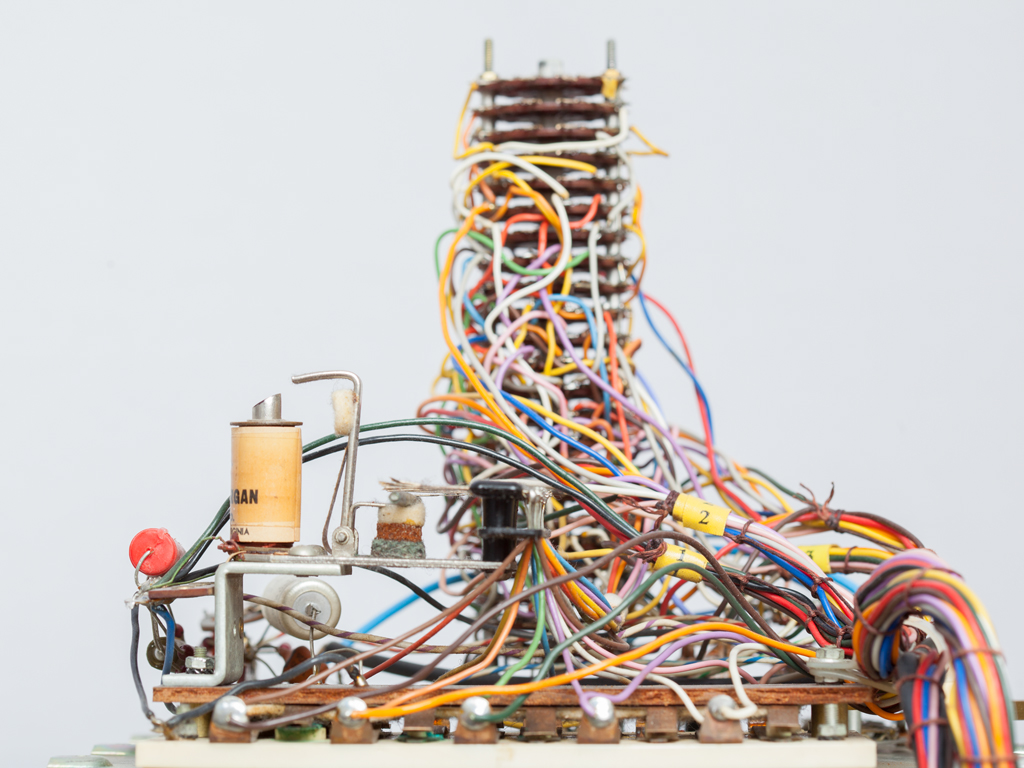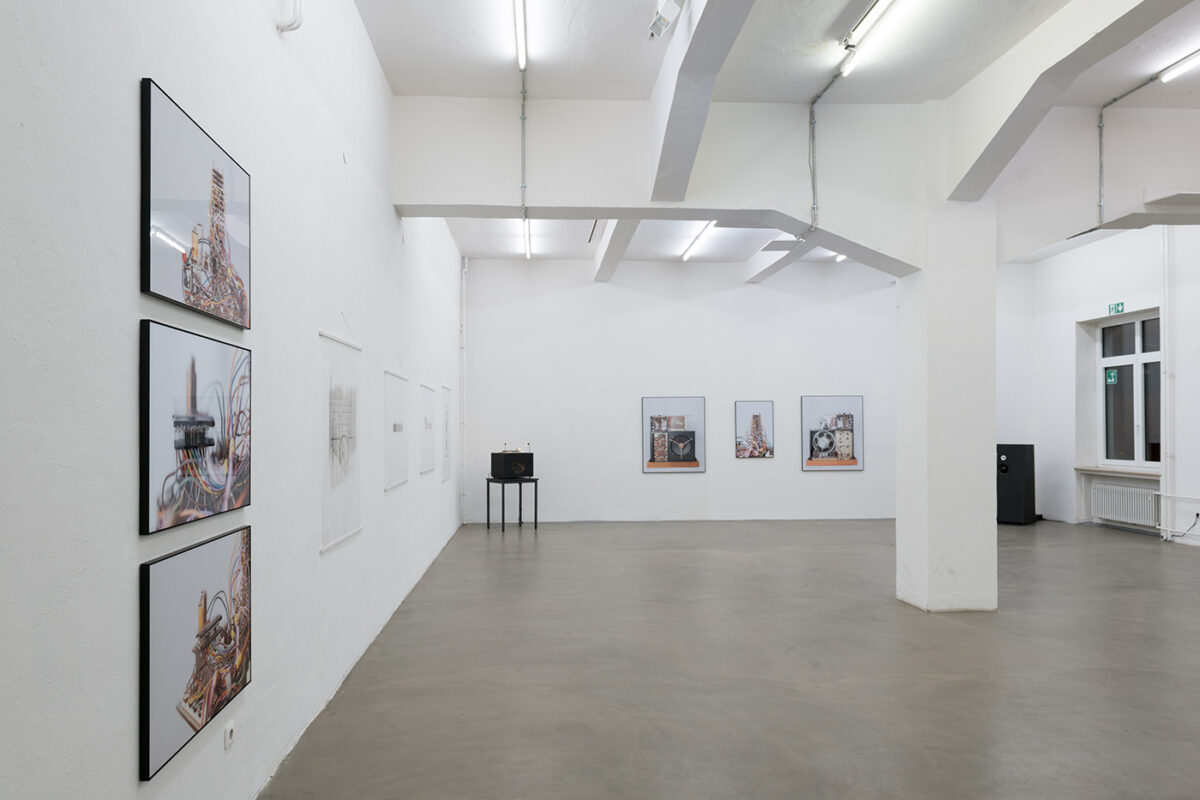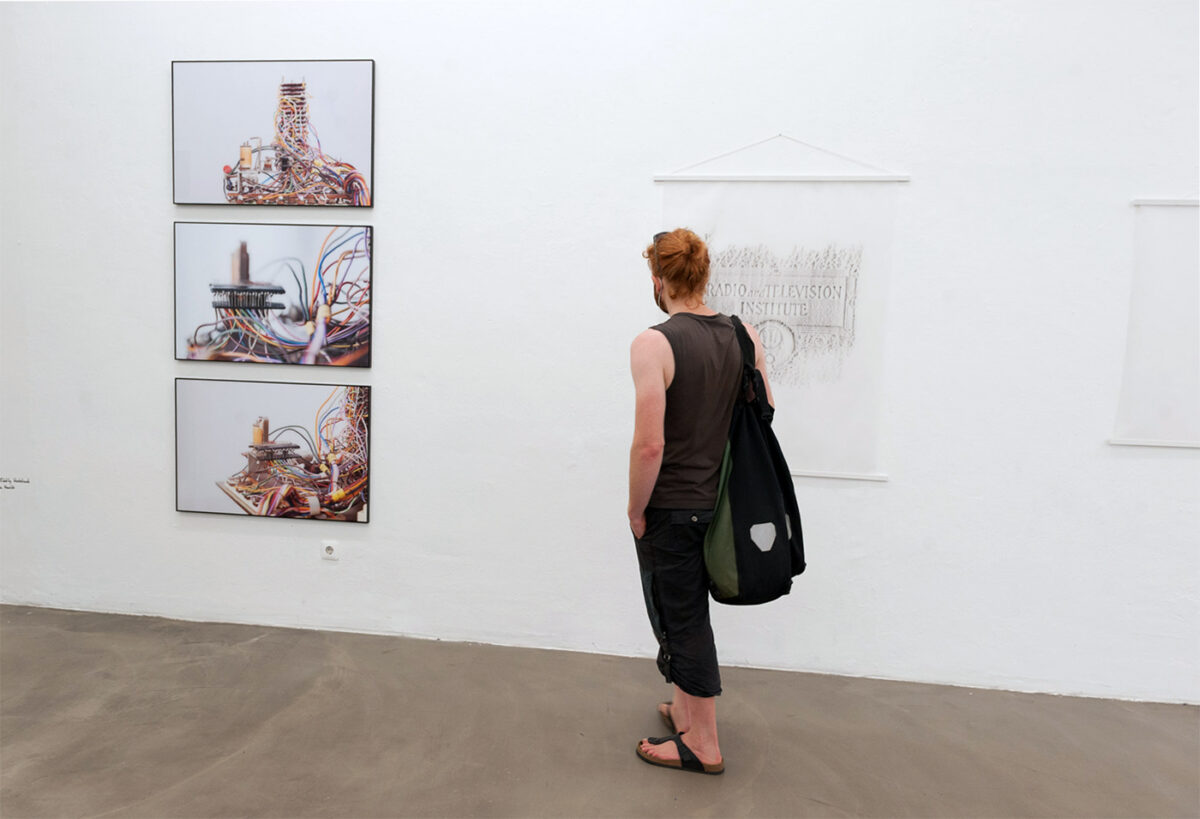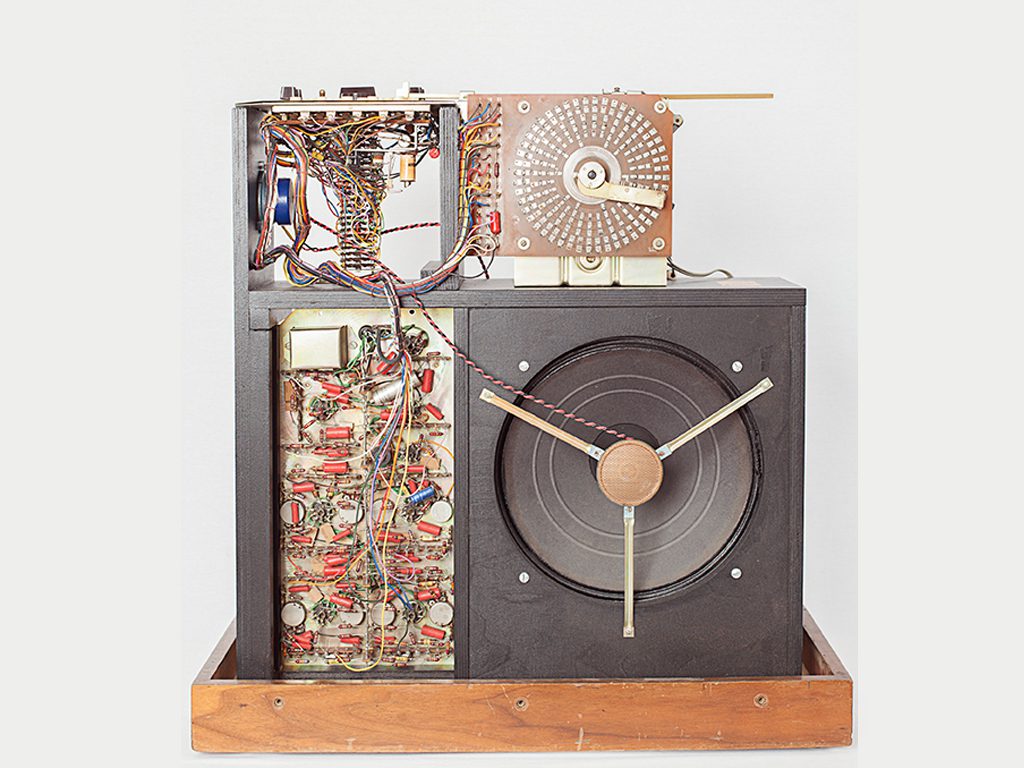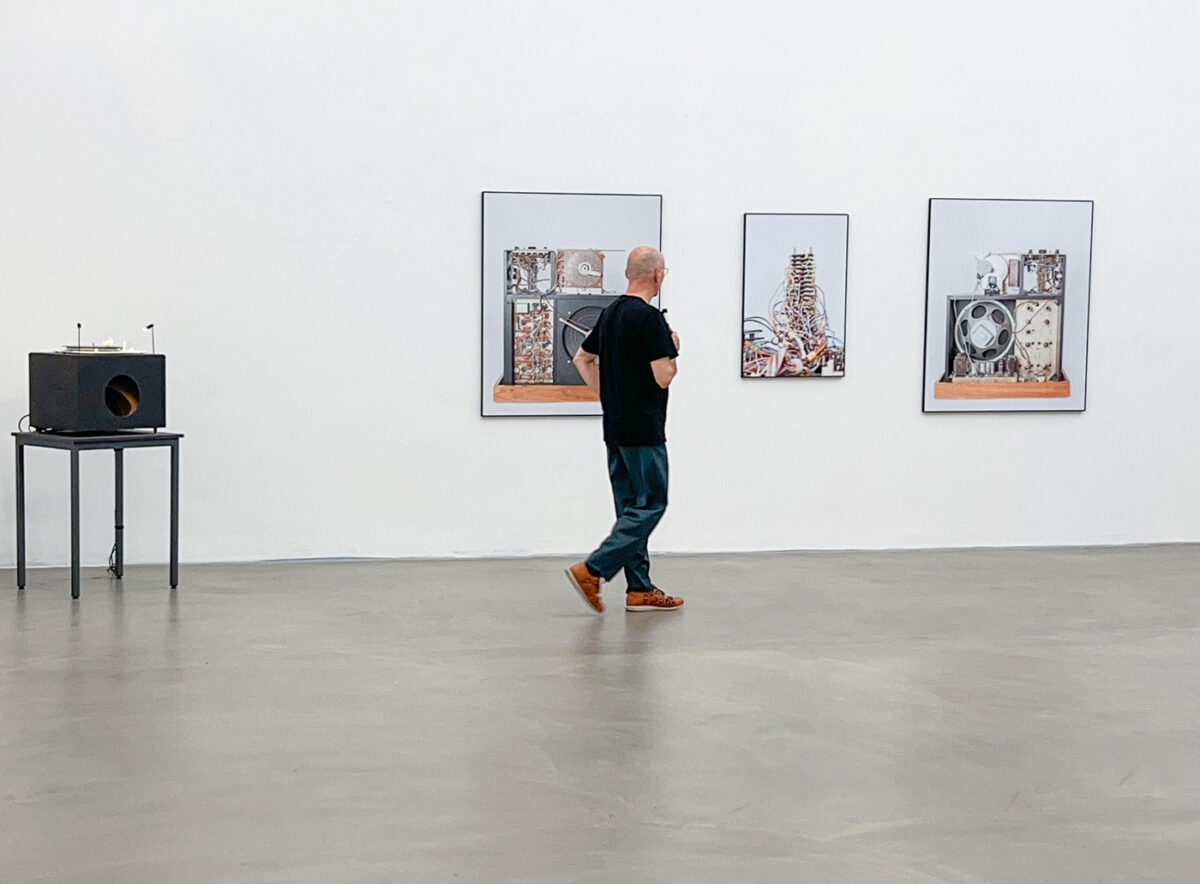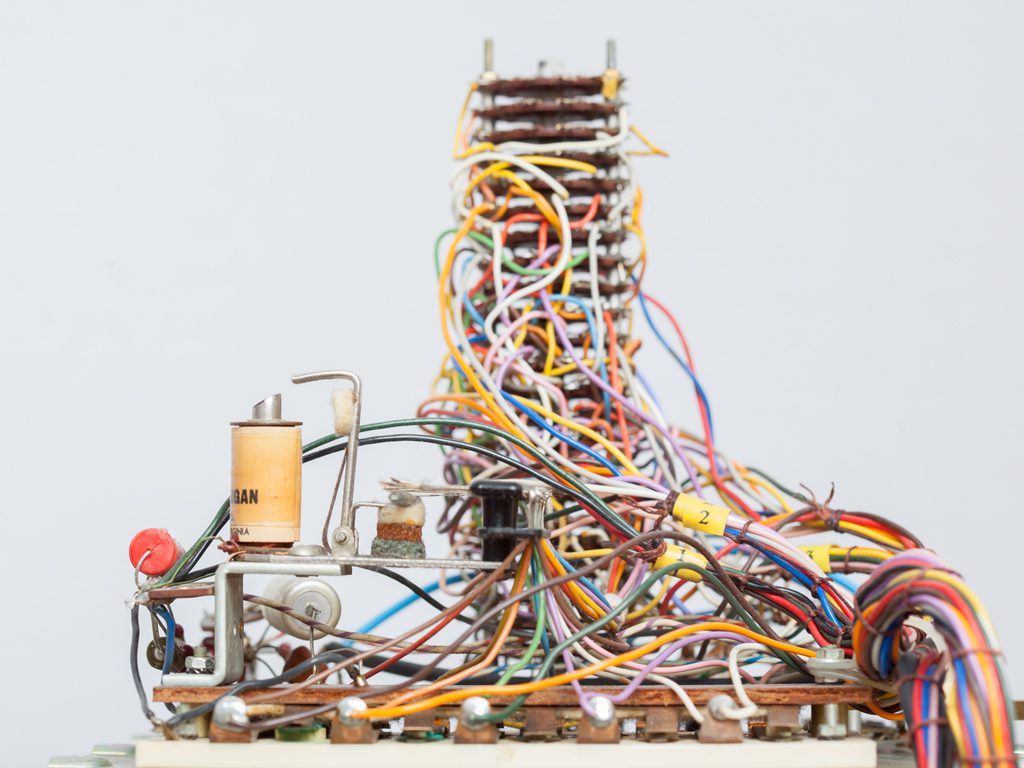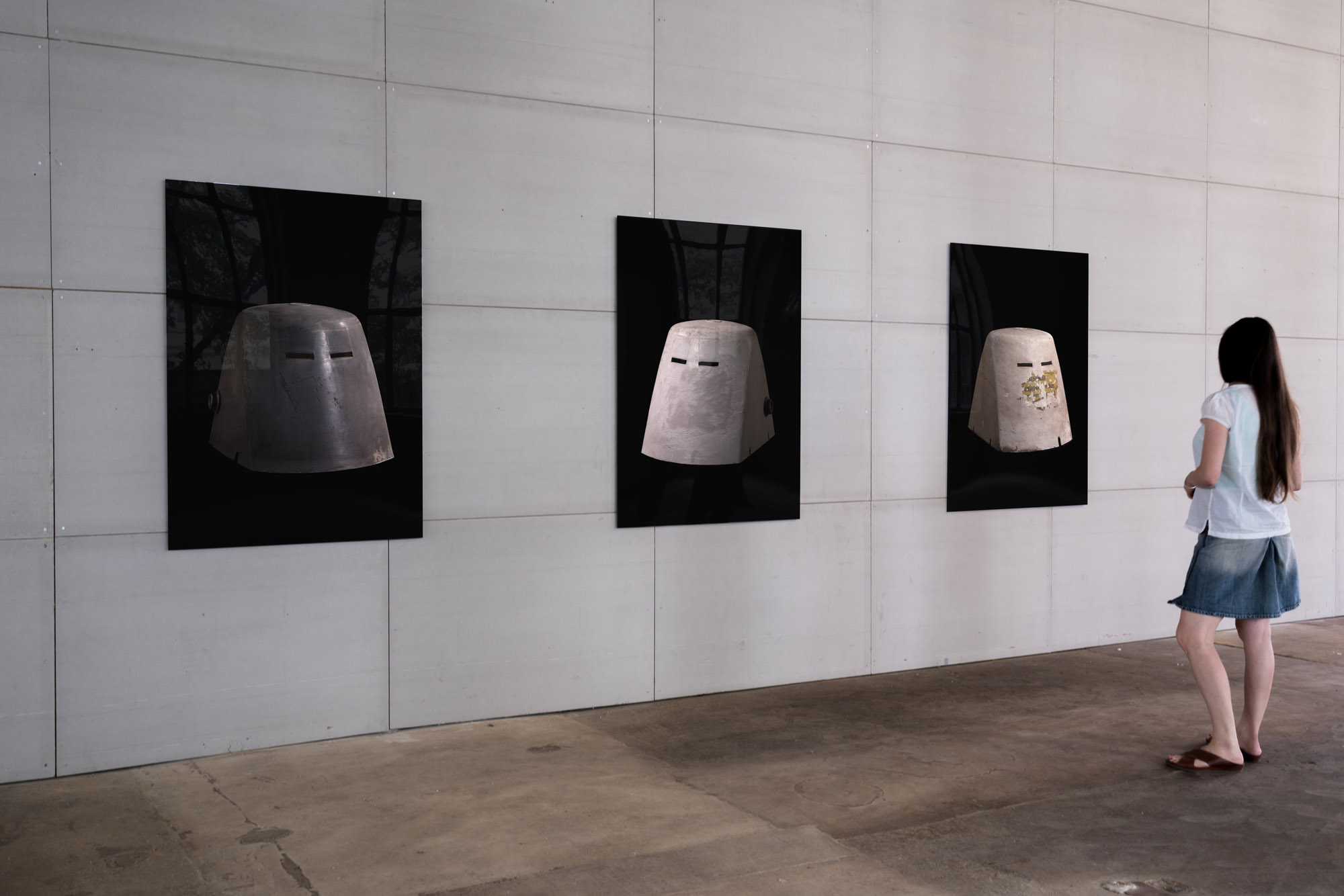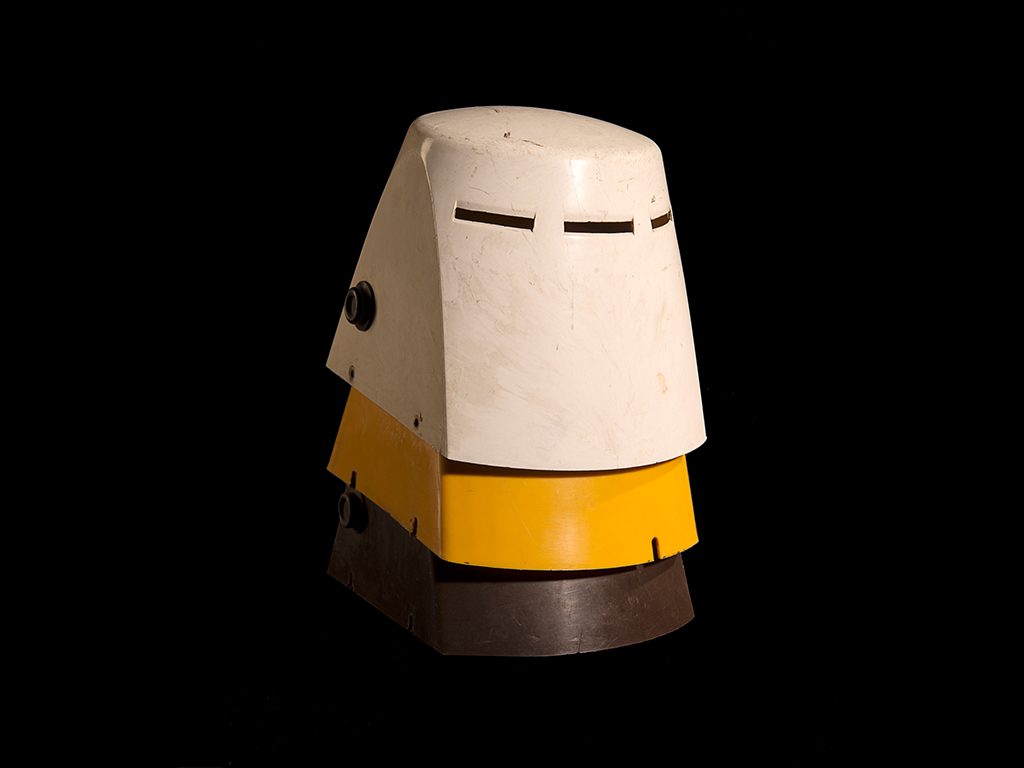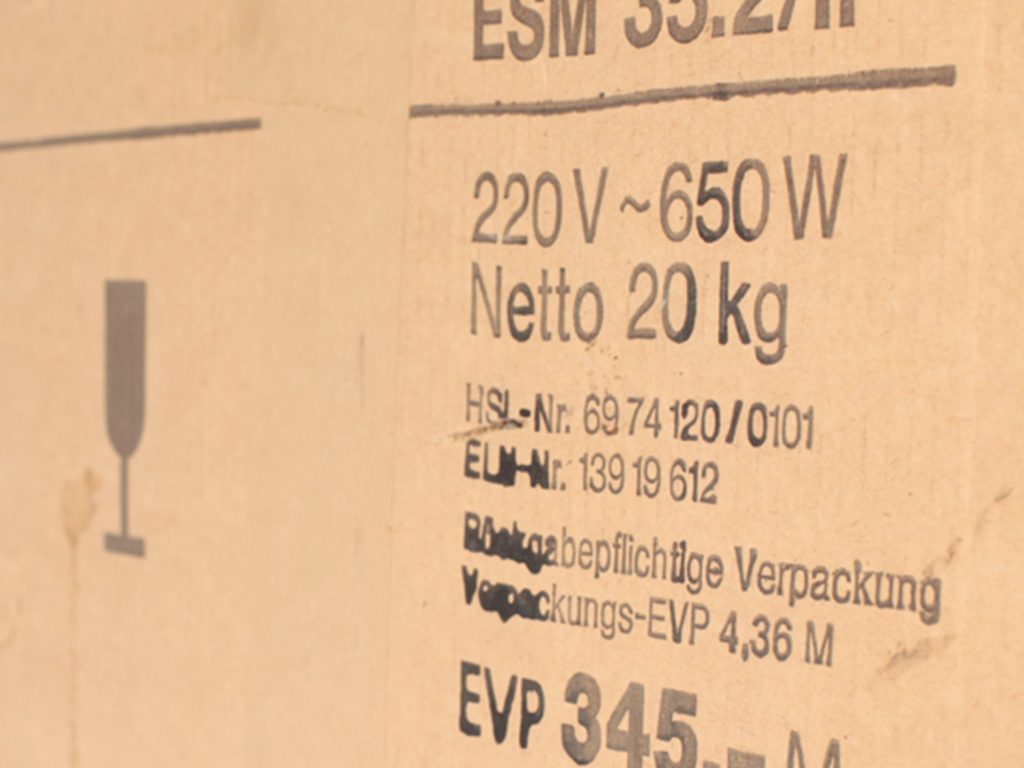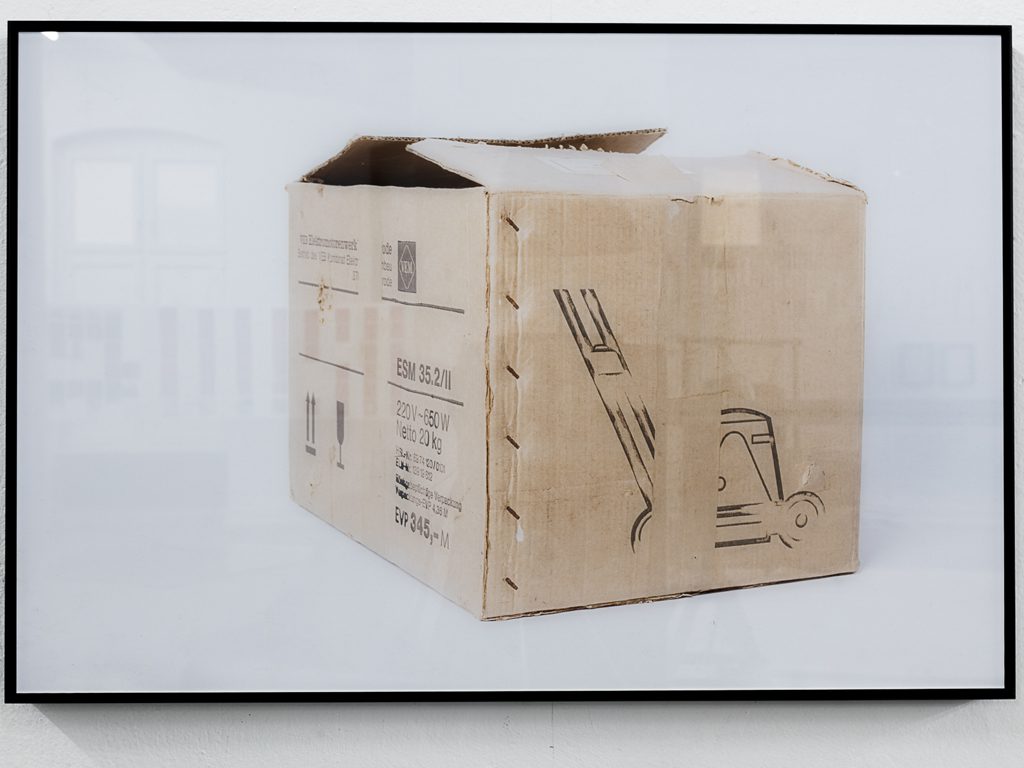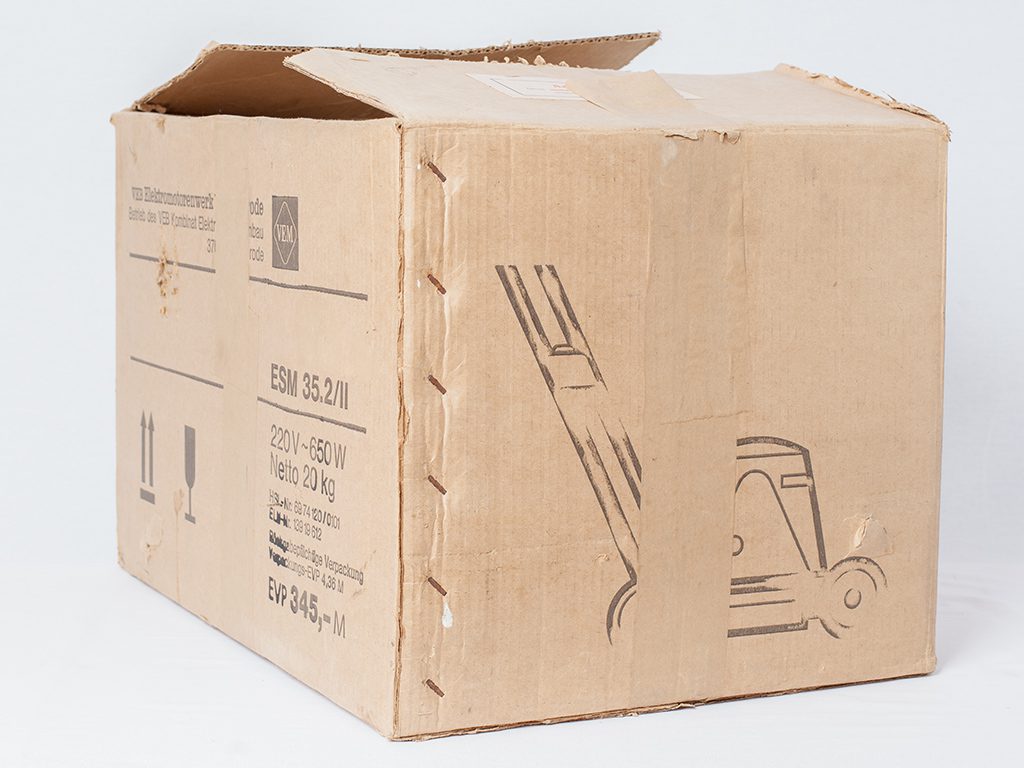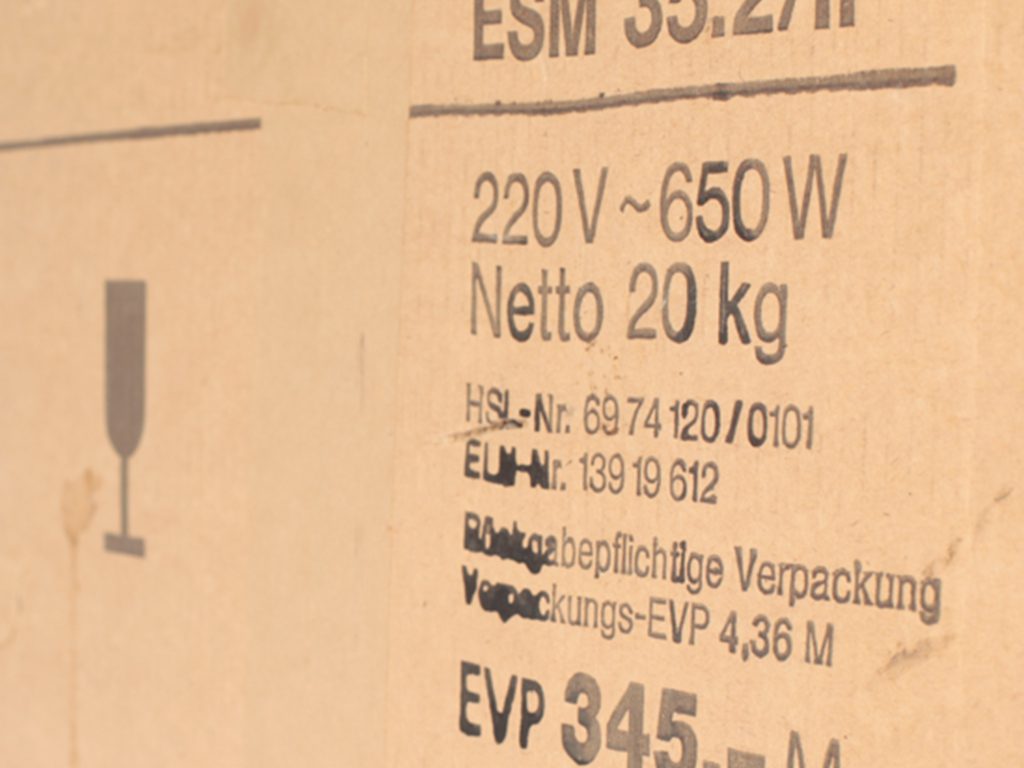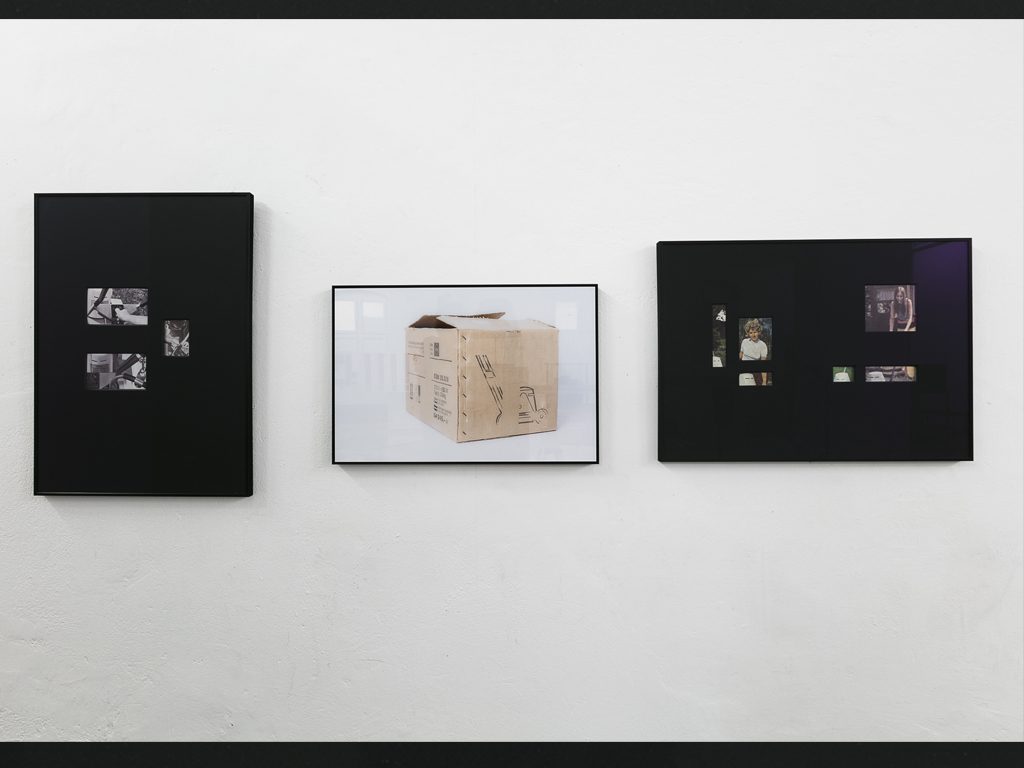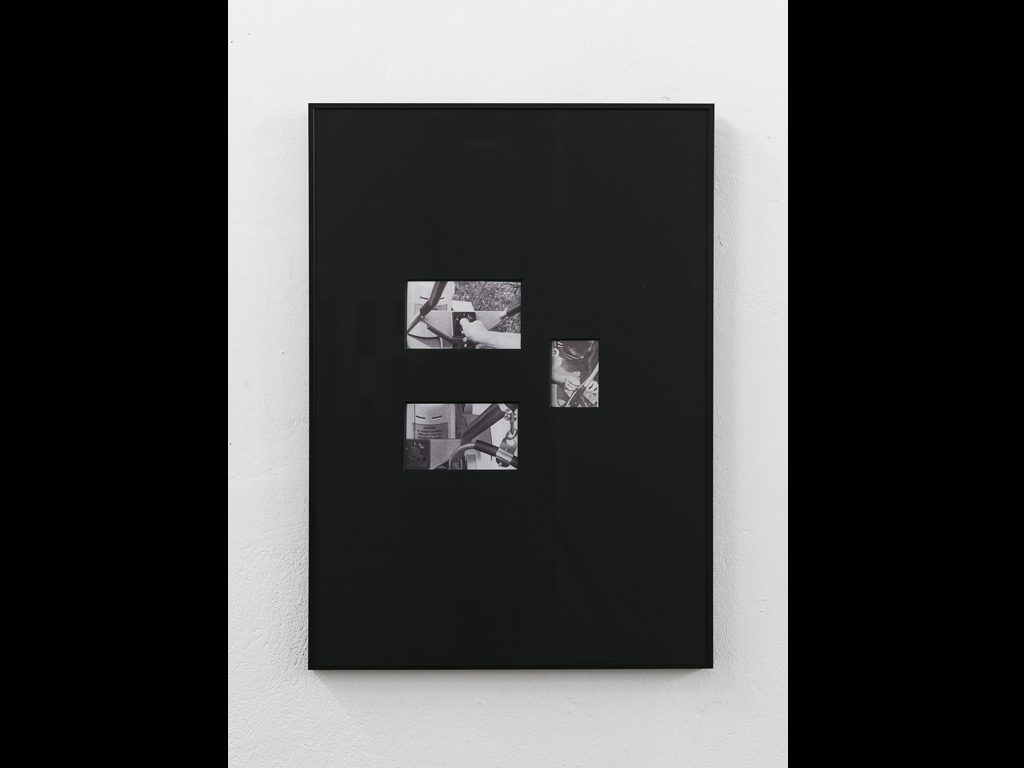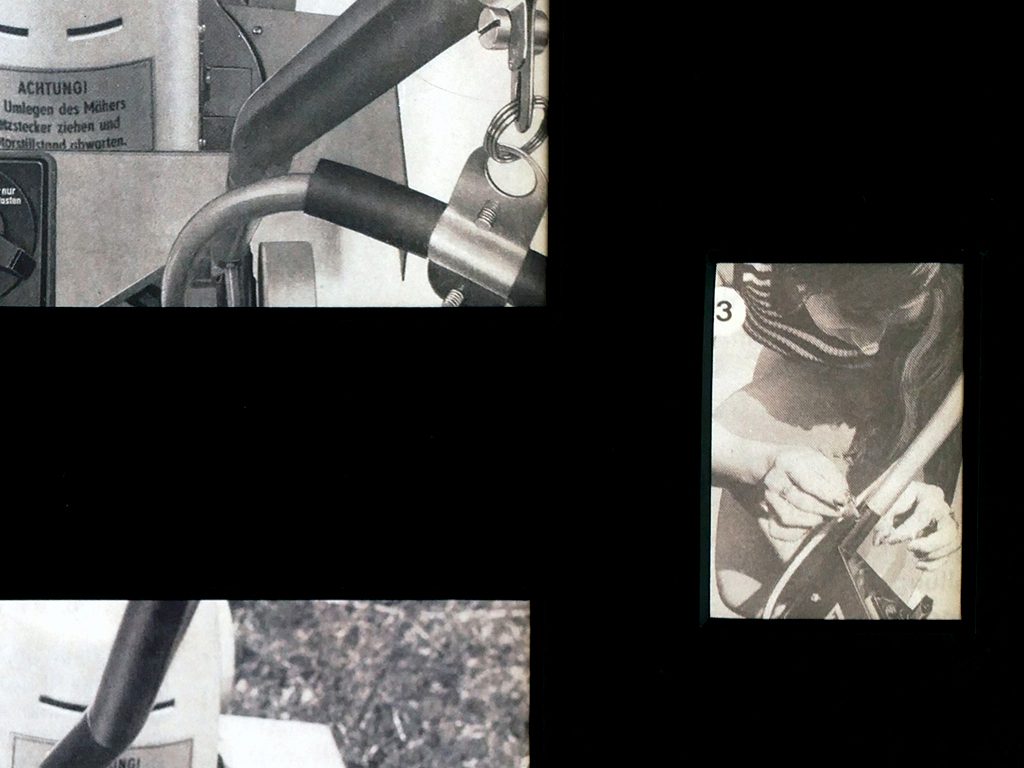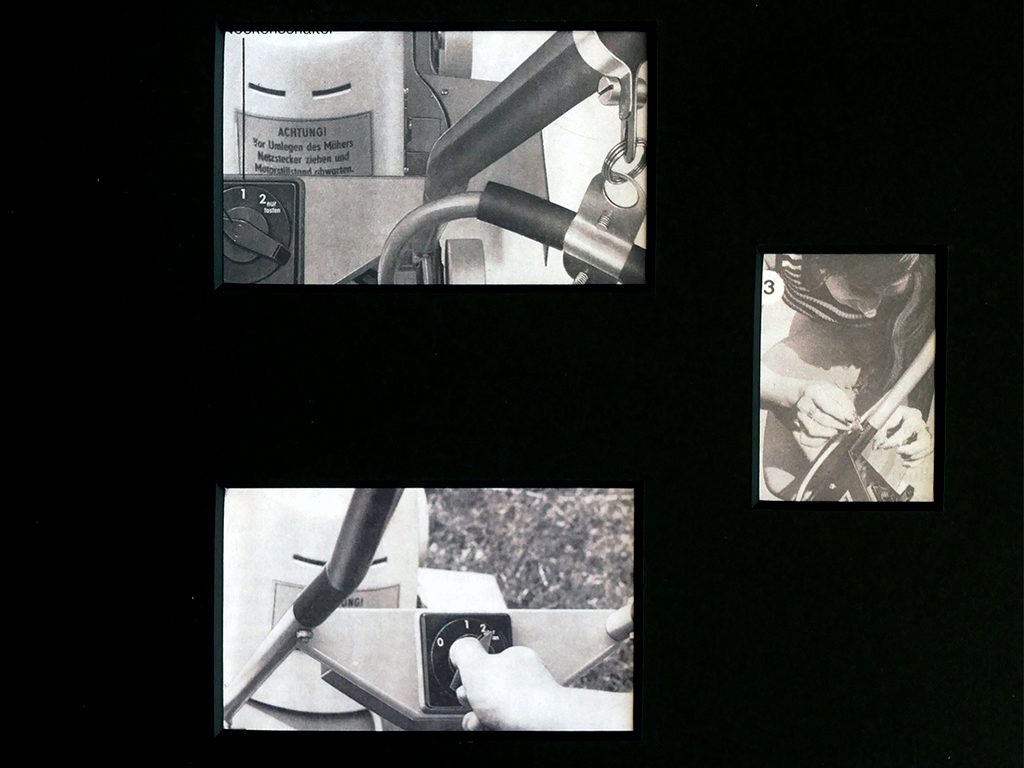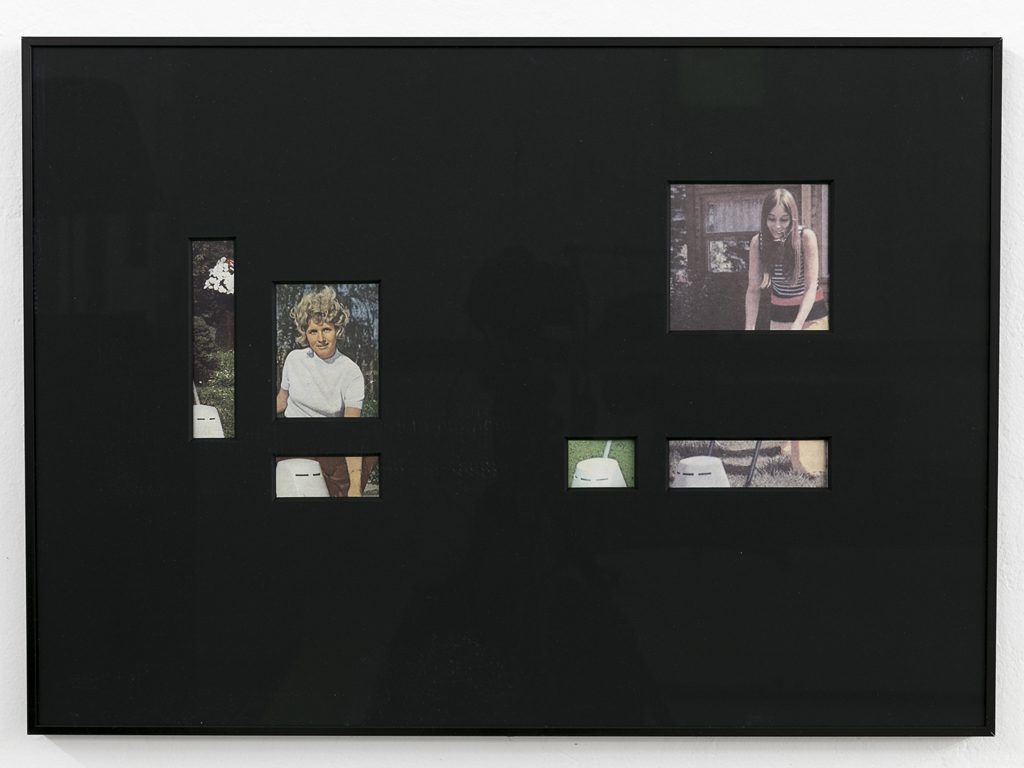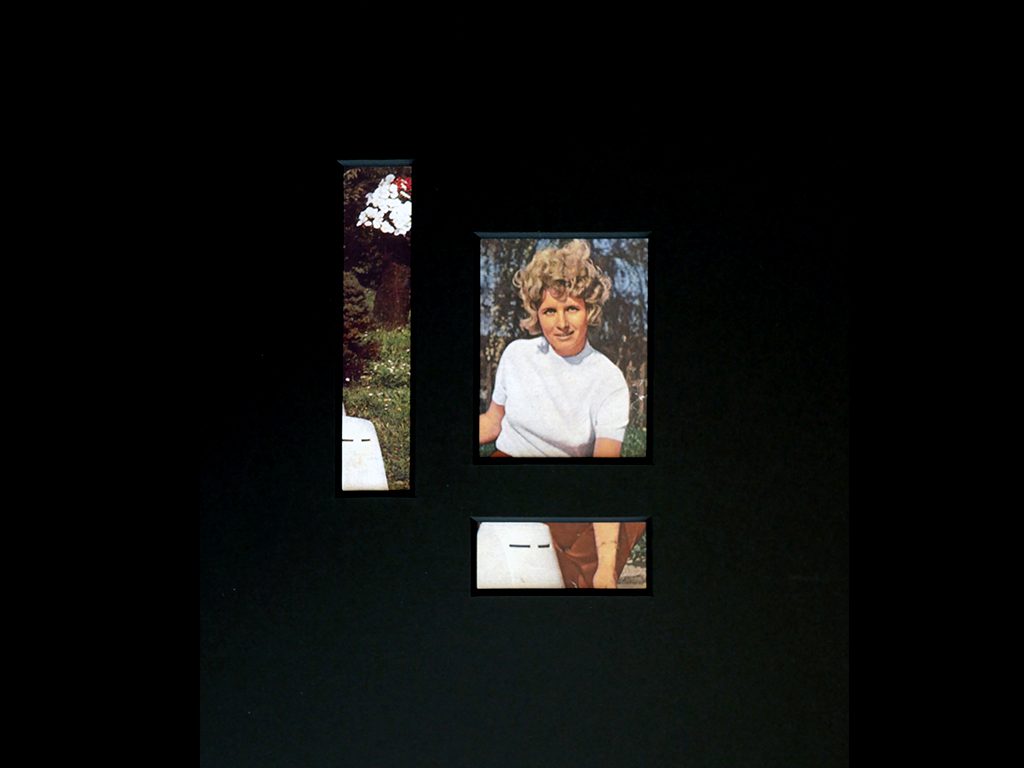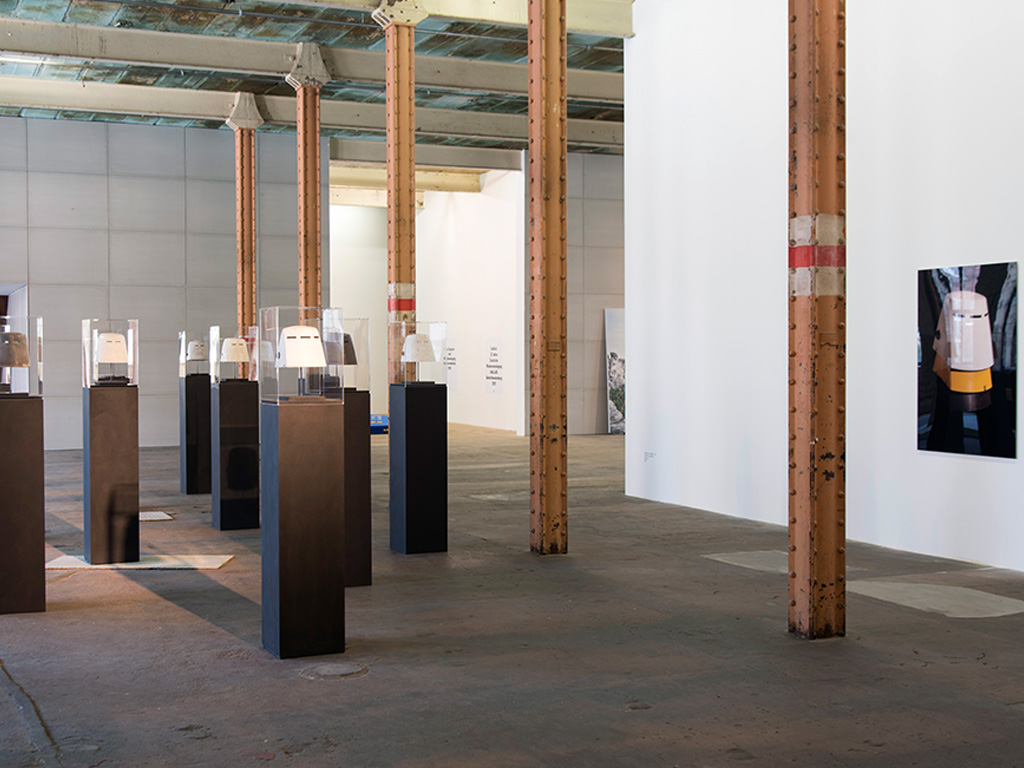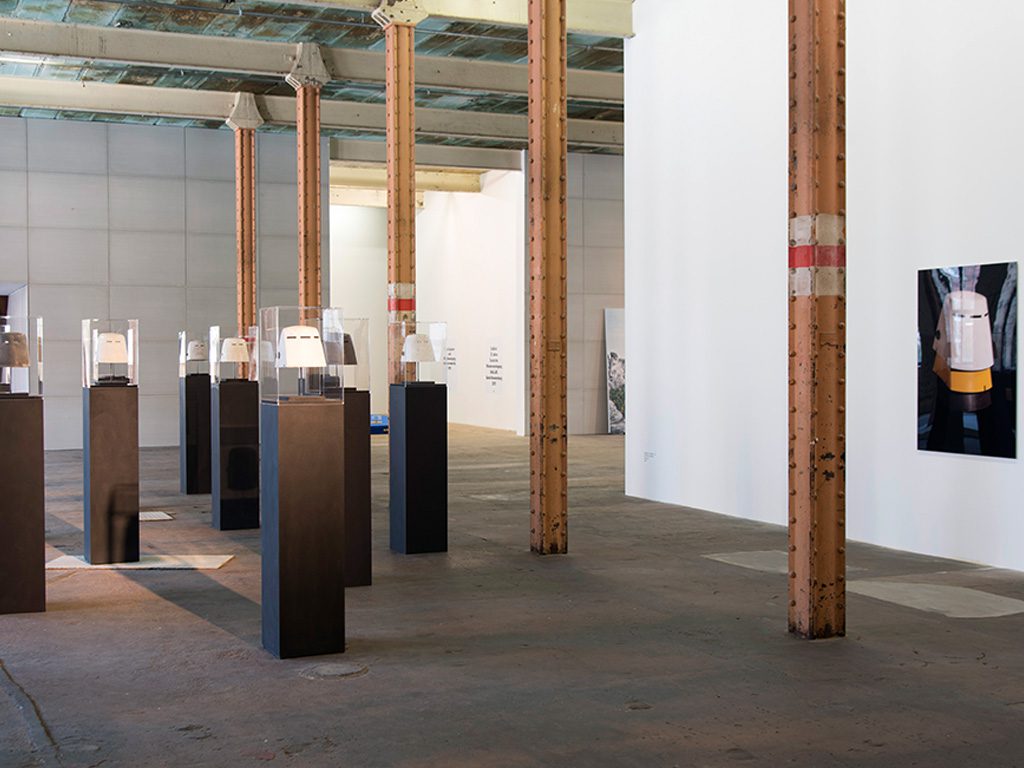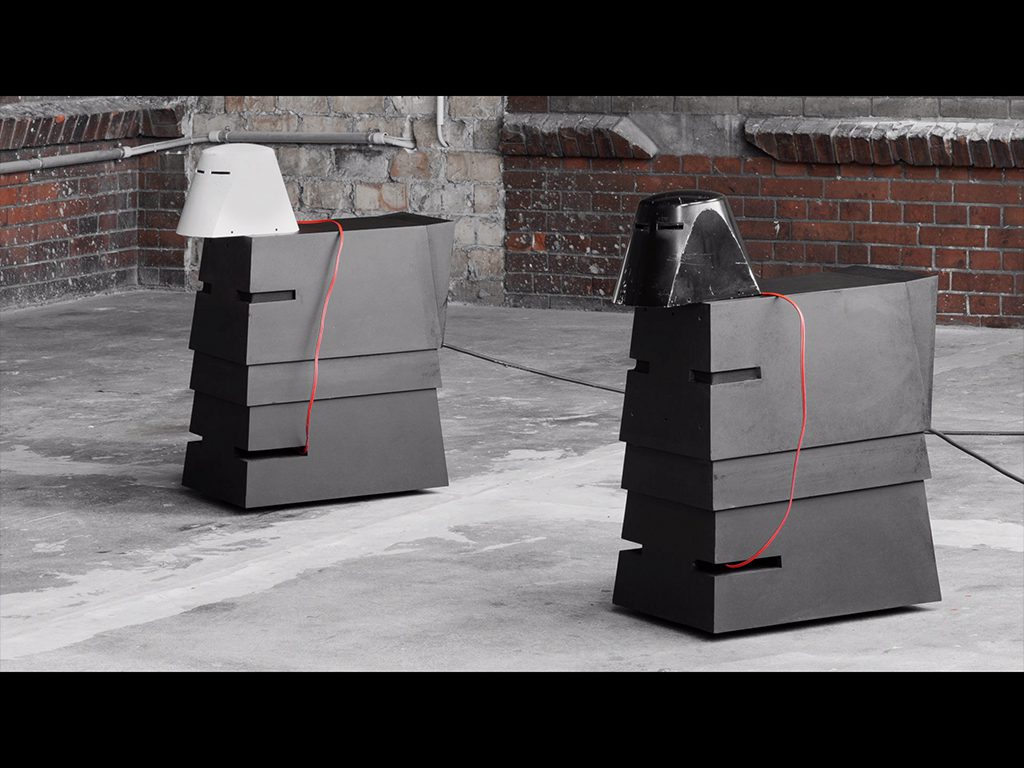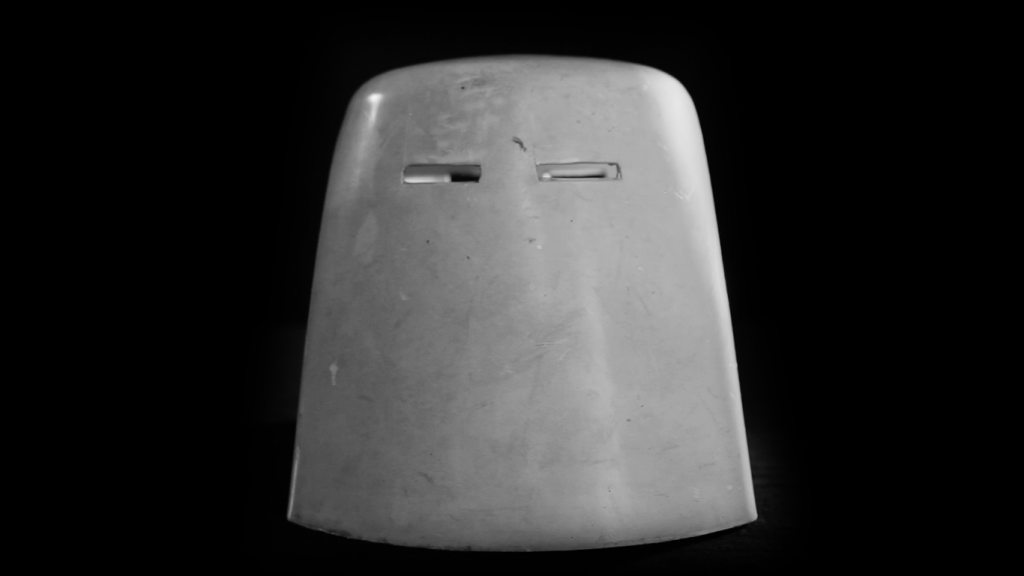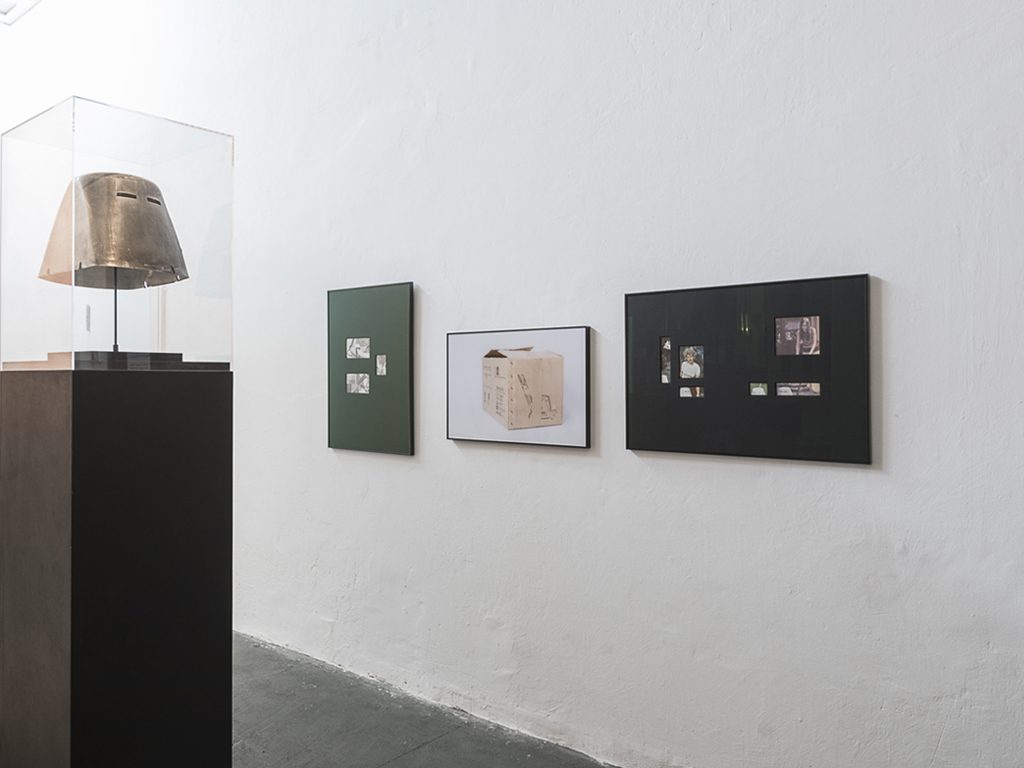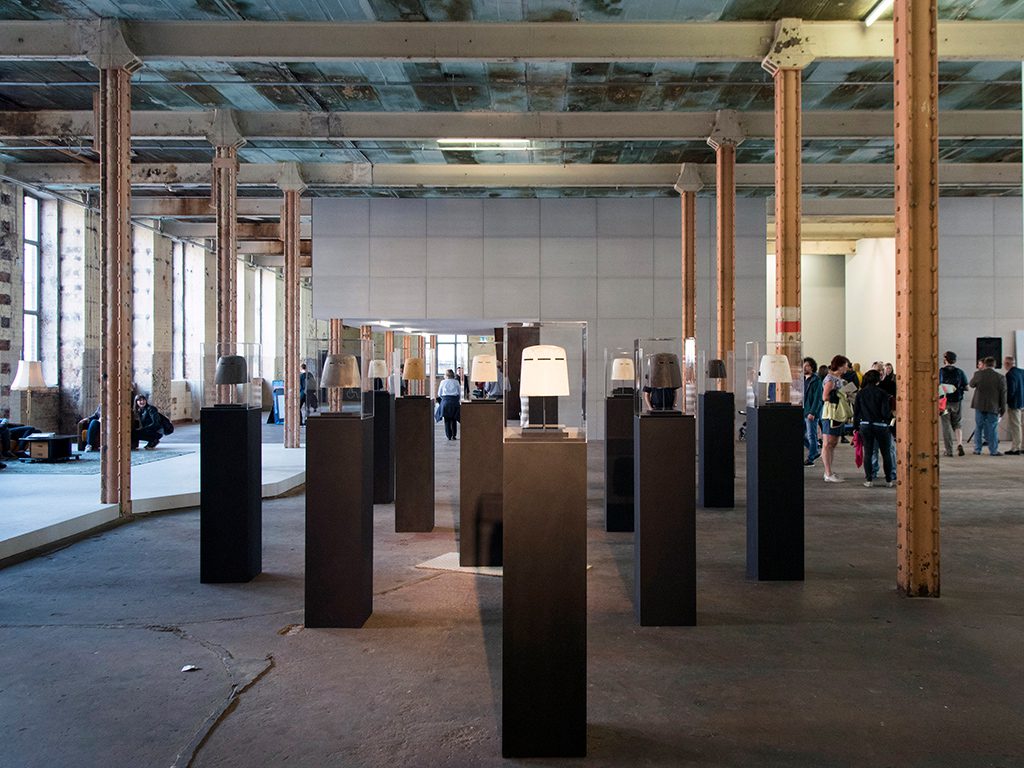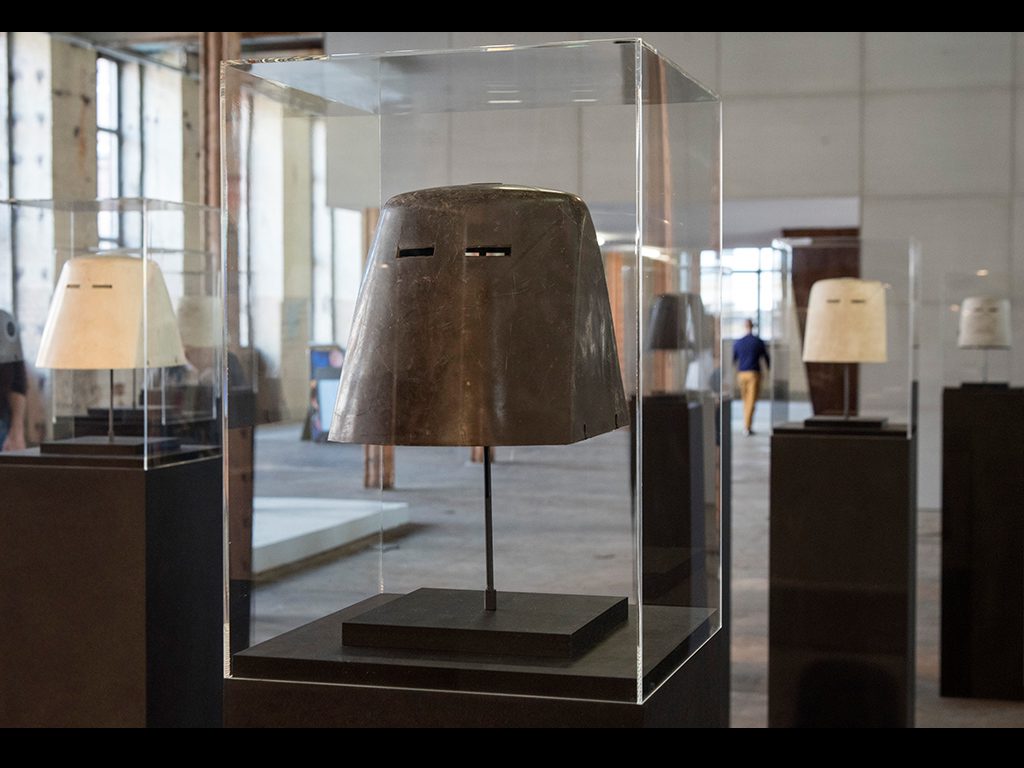Encompasing video, sound installation, photography and collage, Soziale Sollbruchstelle is an interdisciplinary artistic research project that iconizes and creates a fictitious universe for a forgotten piece of utilitarian technology. The work draws out patterns and juxtapositions surrounding practices of technology between a historically significant communist state and contemporary consumerist culture.
Manufactured from 1962-1989, the ‘Trolli ESM II’ was one of the very few models of lawnmowers made available to the people of the former socialist state, the German Democratic Republic (GDR). Its most striking characteristic is its motor hood. Sitting on top of the machine, with two mysterious looking horizontal air vents, it looks like an anthropomorphic spartan warrior adorning battle armour. There is an added sinister quality to these objects, as decades of use has marked them as if they have endured a lifetime of battle.
Soziale Sollbruchstelle deconstructs this household device and transposes it into the high definition/sleek aesthetic setting of present day consumer electronics design and marketing. By concealing and revealing its attributes, this series treats the old lawn mower like a rarified object of luxury and desire. Viewers are compelled to step into the mysterious universe of the Trolli and confront up close how the glossiness of its setting falls away as the detail of its embattled and timeworn patina takes over. Soziale Sollbruchstelle evokes both a militant history and sci-fi dimension, where the Trolli is at once both worn out and weathered yet primed for combat against a future of unkempt lawns. Within the mystifying narrative built up by the works, the austere, robot-like icon further acts as an analog for the ominous nature of a society of unease, connected to machines of questionable intelligence, power and control.
Soziale Sollbruchstelle is an interdisciplinary artistic research project carried out during a fellowship at Berlin Centre for Advanced Studies in Arts and Sciences (BAS) / Graduiertenschule at the Art University of Berlin from 2016-2018.
The resulting works in this project include:
The Watch, video installation
Sirens, sound installation
Armour, sculptural installation with found objects
Tower, photograph
Lookout, photographic tryptic
Operation Manual, photographic collage
Government Issue, photograph
Soziale Sollbruchstelle, publication (deutsche Übersetzungen finden sie am Ende)
Artistic Collaborators:
AGF (Antye Greie-Ripatti)
Sophia Gräfe
Further artistic support and expertise from:
Jemma Woolmoore
Lena Maria Loose
Carolin Meyer
Artist Carpenter Berlin
Daniel Stigler
Soziale Sollbruchstelle was funded by the Einstein Foundation Berlin and realized with the support of the Berlin Centre for Advanced Studies in Arts and Sciences at the Berlin University of the Arts. The artist further gratefully acknowledges the support of the Canada Council for the Arts and Halle14 Zentrum für zeitgenössische Kunst.
